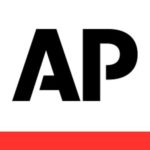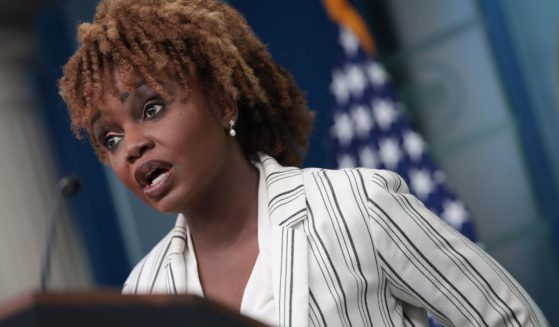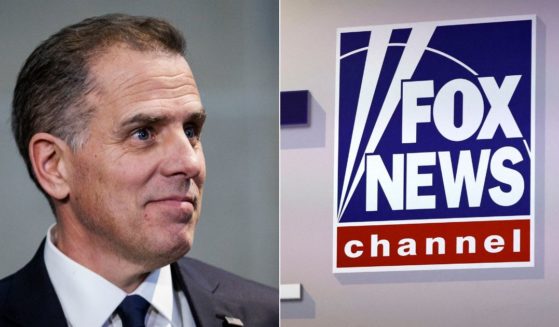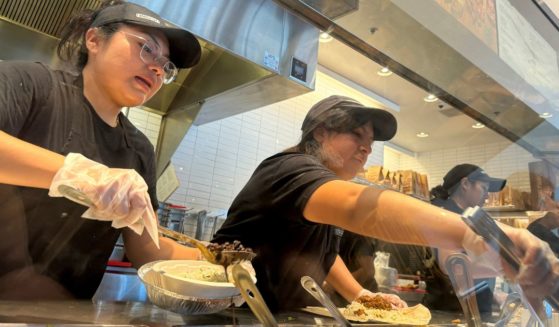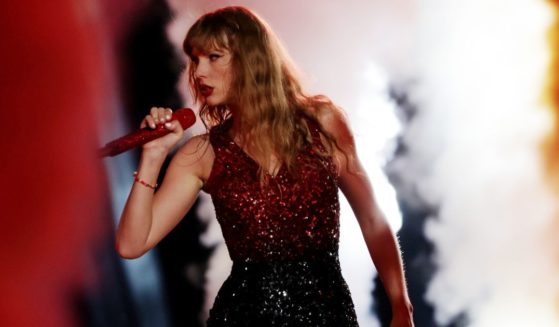3 colleges that help you handle student debt
With collective U.S. student loan debt nearing $1.5 trillion, some colleges are testing innovative solutions to help reduce student borrowing.
Using no-strings-attached student loan payoff-assistance programs, college loan alternatives and annual student debt letters, these three universities are doing their part to curb college debt.
1. UNIVERSITY OF PITTSBURGH
The University of Pittsburgh is offering graduating seniors up to $5,000 in federal student loan relief with one request: They pay it forward.
The school’s new program, Panthers Forward, will help recent graduates chip away at student debt and introduce them to alumni mentors to encourage professional development. Students have no obligation to repay the gift, but the university is encouraging recipients to make financial contributions to sustain the program.
The university selected 150 class of 2019 seniors for the program’s inaugural year, including history major Cassidee Knott.
“I like the fact that Pitt was able to acknowledge that student debt is so outrageous and work with students to help them make it less daunting,” says Knott, who estimates she has about $100,000 in student loans.
After graduation, the university will make loan payments directly to participants’ loan servicers.
2. PURDUE UNIVERSITY
Purdue University’s Back a Boiler income-share agreement program is an alternative to private student loans and parent PLUS loans.
In an income-share agreement, or ISA, students get tuition funding in exchange for a fixed percentage of their future income for a set period of time. There’s a cap on the total amount they can pay back.
2017 Purdue graduate Andrew Hoyler received $16,000 through an ISA in his second year of school. Now, 5.89 percent of the monthly income he earns as a regional pilot goes toward repayment. Hoyler will make payments for 104 total months — about eight and a half years — or until he has paid back 2.5 times the initial amount, or $40,000.
Hoyler, who also has federal student loans, says the ISA has been “more streamlined and easy to understand.” He also has peace of mind knowing that he can afford payments even with entry-level pilot wages.
But income-share agreements aren’t right for everyone.
Depending on the terms of the agreement, high-earners could end up paying far more than the amount they received and more than they would have with a student loan. Students can use Purdue’s Back a Boiler comparison tool to weigh the costs of an ISA against private student loans and parent PLUS loans.
3. INDIANA UNIVERSITY
Student loan borrowing at Indiana University has dropped 19 percent across all IU campuses from the 2011-12 school year to the 2017-18 school year, according to the university. During that period, the administration has implemented a suite of resources and programs to reduce borrowing.
Most prominently, the university began sending annual letters informing students of the amount they’ve borrowed and their estimated future monthly loan payments. Since then, states including Indiana, Nebraska and Florida have passed laws requiring colleges and universities to disclose similar information to federal student loan borrowers annually.
“This is a personalized summary of your estimated current student loan indebtedness,” a letter might begin .
A student would then find details such as:
— Total education loans: $25,000.
— Assumed interest rate: 6.80 percent.
— Monthly payment: $287.
— Cumulative payments: $34,524.
— Projected interest paid: $9,524.
The debt letters were one piece of a larger initiative to reduce borrowing; it’s not clear that the debt letters alone caused Indiana University’s student borrowing reduction, according to a 2017 independent report published through Brookings Economic Studies program.
The initiative also includes the university’s MoneySmarts program, which offers financial literacy education and tools, one-on-one consultations , and for-credit personal finance courses .
HOW TO KEEP STUDENT DEBT AFFORDABLE
Regardless of whether you attend one of the above schools, choose a college that enables you to keep student loan payments manageable.
As a rule of thumb, limit college borrowing such that future monthly payments don’t consume more than 10 percent of your projected income. A student loan affordability calculator can help you make this estimation.
Then, look for relevant programs that are relatively low-cost or award enough scholarship money to offset your out-of-pocket expenses.
This approach isn’t as fun as believing your dream school is priceless. But you’ll thank yourself when paying the monthly student loan bills in the future.
_______________________________
This article was provided to The Associated Press by the personal finance website NerdWallet. Teddy Nykiel is a writer at NerdWallet. Email: teddy@nerdwallet.com. Twitter: @teddnykiel.
RELATED LINKS:
NerdWallet: Student Loan Affordability Calculator https://nerd.me/is-college-worth-it
Purdue University: Back a Boiler Comparison Tool https://www.purdue.edu/backaboiler/comparison/index.html
Scribd: Indiana University debt letter example https://www.scribd.com/document/257904612/IU-Loan-Debt-Letter-Example
The Western Journal has not reviewed this Associated Press story prior to publication. Therefore, it may contain editorial bias or may in some other way not meet our normal editorial standards. It is provided to our readers as a service from The Western Journal.
Truth and Accuracy
We are committed to truth and accuracy in all of our journalism. Read our editorial standards.
